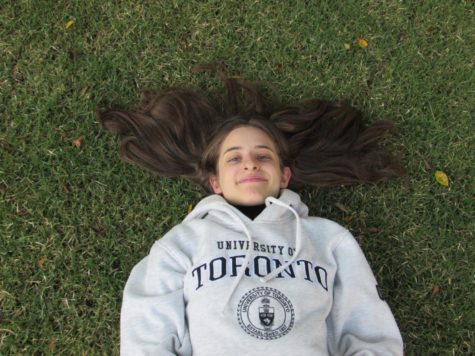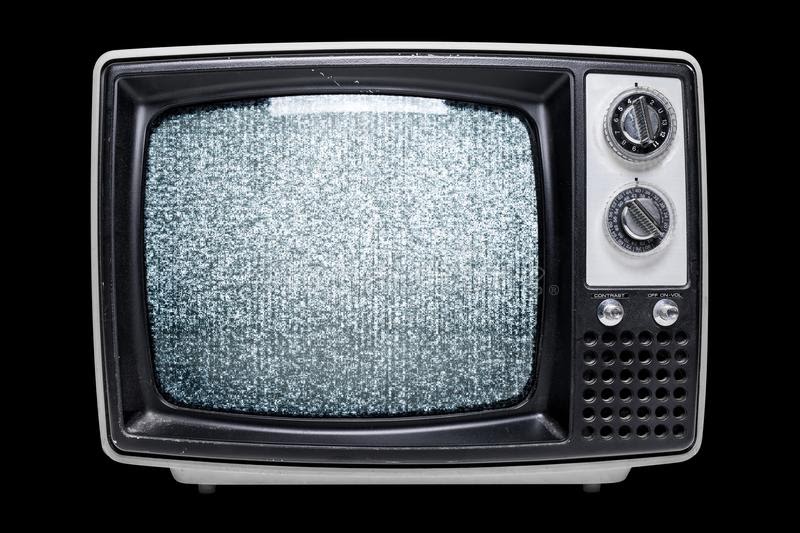White Noise: Sleep’s Anti-hero
Let me paint you a picture: you’re laying in bed trying to fall asleep and it’s sweltering hot. You get up and turn on your air conditioning unit. At first, the noise feels loud and annoying, but after a while you can only hear it if you focus on it. This is white noise.
Merriam-Webster defines white noise as a constant background noise especially “one that drowns out other sounds.” In other words, white noise is a mixture of frequencies that human ears can pick up. Since the ear cannot separate these sounds individually, they become a constant buzz or humm when all the frequencies are combined.
Back in 1877, scientist Thomas Alves Edison was considered the first person to ever hear recorded white noise. The first image we connect to white noise is the scratchy humm of “Snow Screen” on an old TV. However, the truth is that white noise is all around us in nature. It is found in steady rainfall, in wind rustling through trees, and in running water in a stream.
For many people who live on busy streets, or (on the flip side) live somewhere too quiet, white noise can be a powerful tool in creating uninterrupted sleep. However, scientists seem to agree that no sound is optimal and it is best not to introduce any sort of white noise to your sleep environment unless you are struggling with outside noises. This is due to the fact that white noise quickly becomes a crutch to many sleepers, creating anxiety when it is not present.
Now we shift our focus over to babies; one of the largest white-noise-consuming demographics. It has been made common knowledge that babies don’t sleep through the night, thus exhausting their parents, who will try anything to get them to go back to sleep. Here enter white noise machines. Turning on a white noise machine for your newborn may seem harmless, but according to Dr. Blake Papsin, who is affiliated with The University of Toronto and the Toronto Hospital for Sick Kids, “these machines are capable of delivering enough of a dose over a period of time to theoretically cause hearing loss”. Nevertheless, this theory remains in its research phase.
What we do know for sure is that on average, hospital nurseries set their white noise machines to fifty decibels, which subjectively, is very loud (just imagine setting your TV’s volume to 50). As a comparison, most workplaces have set a limit of eighty-five decibels for grown adults. Considering that babies’ ears are significantly more fragile than fully formed ears, having constant noise at such a high volume around babies is bound to cause problems. Due to this, researchers have recommended parents to make sure white noise machines are not too loud and are placed far away from the sleeping child’s crib, at least a foot (30cm) is the correct distance according to Dr. Havrey Karp, a paediatrician and author. Karp also recommends keeping the noise fully off or fully on during the night, without pauses, in order to keep sleep disturbances at a minimum. Regardless, there isn’t much conclusive research on the effects of white noise machines on children, so researchers say parents should first try other methods such as swaddling.
Overall, white noise can be very beneficial to both babies’ and adults’ sleep, however, it is crucial not to introduce it unless the subject is experiencing deep issues falling asleep without its aid. White noise is an interesting, yet under-researched phenomenon, which is present in all of our lives. Although white noise can be a helpful solution to insomnia, it is important to see a medical professional if the issue becomes chronic.
Sources: Merriam-Webster, Tomorrow Magazine, Time Magazine, CNN

As a 4th year talonista, Chiara is absolutely thrilled to finally be part of the editorial board for her senior year. Chi has been at Graded since January...










